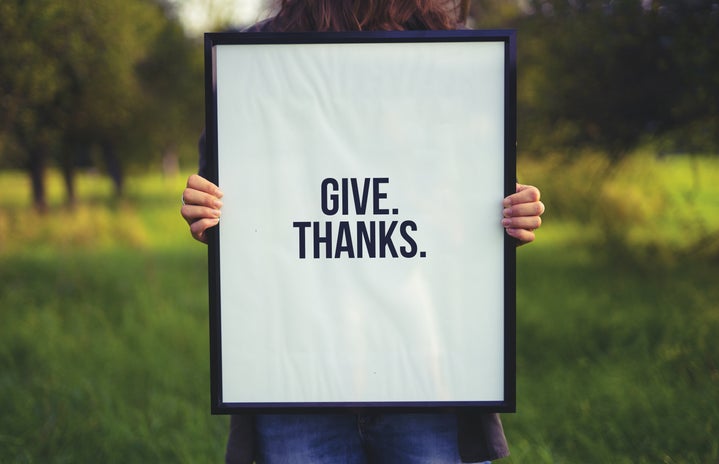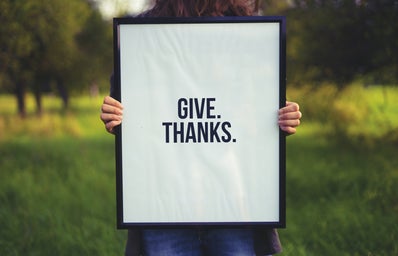1. The Thanksgiving menu the Pilgrims had was quite different from the modern-day Thanksgiving menu.
The Pilgrims served lobster, seal, and swans at their Thanksgiving table. Wampanoag guests also brought deer with them. Because the Pilgrims had no oven and the Mayflower’s sugar supply had dwindled by the fall of 1621, the meal did not feature pies, cakes, or other desserts, which have become a hallmark of contemporary celebrations.
2. Squanto, who taught the Pilgrims how to cultivate corn, extract sap from maple trees, catch fish in the rivers and avoid poisonous plants was not part of the local Wampanoag tribe living at Plymouth where the Mayflower landed.
Squanto was a member of the Pawtuxet tribe and had been kidnapped by an English sea captain and sold into slavery before escaping to London and returning to his homeland on an exploratory expedition.
Courtesy: Biography.com
3. Thanksgiving was originally a celebration of the first successful corn harvest of the English settlers.
It was not just a dinner, but a festival that lasted three days.
4. The first national acknowledgment of Thanksgiving was in 1789 in a proclamation by George Washington, where he called upon Americans to express their gratitude to the happy conclusion of the country’s war of independence (The American Revolution) and the successful ratification of the United States Constitution.
His successors John Adams and James Madison also designated days of thanks during their presidencies. In 1817, New York became the first of several states to officially adopt an annual Thanksgiving holiday; however, each celebrated it on a different day, and the American South remained largely unfamiliar with the tradition. 10 years later in 1827, the noted magazine editor and prolific writer Sarah Josepha Hale launched a campaign to establish Thanksgiving as a national holiday. For 36 years she published numerous editorials and sent many letters to governors, senators, presidents and other politicians. Abraham Lincoln finally heeded her request in 1863, at the height of the Civil War, entreating all Americans to ask God to, “commend to his tender care all those who have become widows, orphans, mourners, or sufferers in the lamentable civil strife,” and to “heal the wounds of the nation.” He scheduled Thanksgiving for the final Thursday in November, and it was celebrated on that day every year until 1939 when Franklin D. Roosevelt moved the holiday up a week in an attempt to spur retail sales during the Great Depression. People were outraged and mockingly called is “Franksgiving.”
5. Some Native Americans take issue with how the Thanksgiving story is presented to the American public; especially to schoolchildren.
In their view, the traditional narrative paints a deceptively sunny portrait of the relations between the Pilgrims and the Wampanoag people, masking the bloody history of conflict between Native Americans and European settlers that resulted in the deaths of millions. Since 1970, protesters have gathered on Thanksgiving at the top of Cole’s Hill, which overlooks Plymouth Rock, to commemorate a “National Day of Mourning.”
*All facts are from the HISTORY website.


